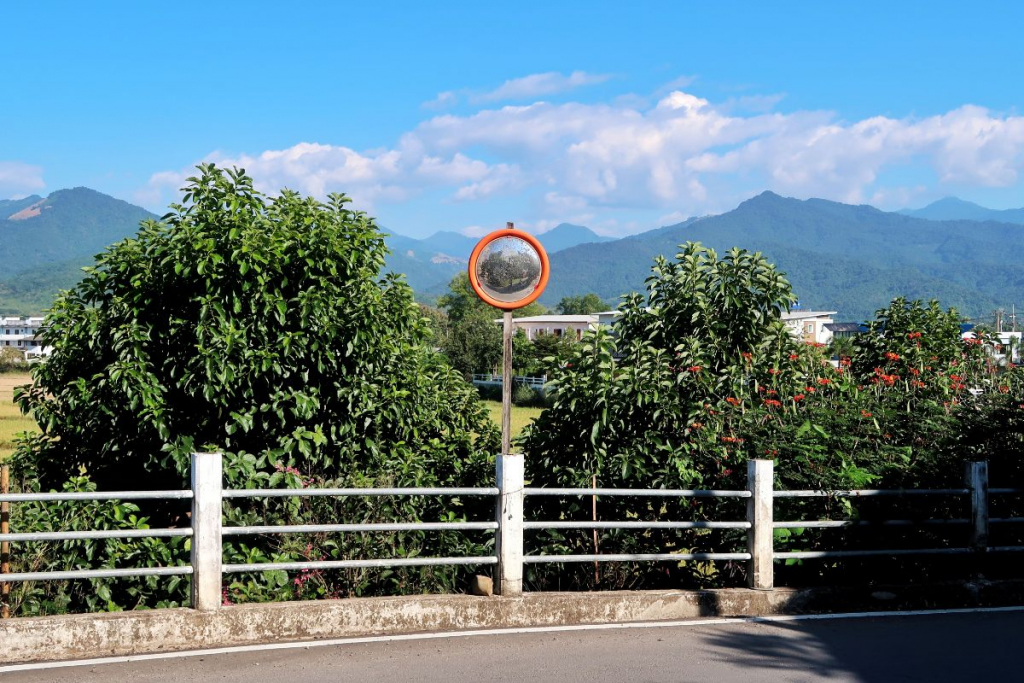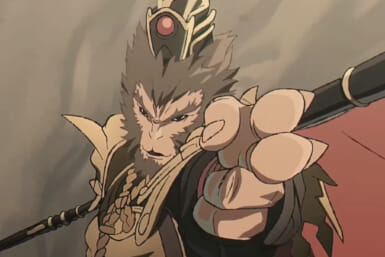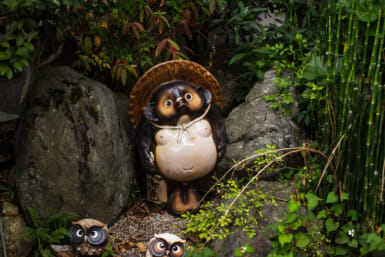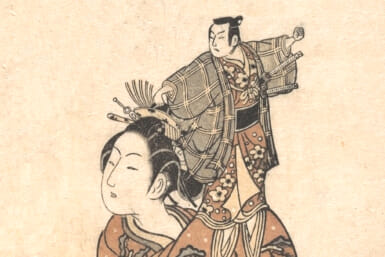Fukui Prefecture hugs the coast facing the Sea of Japan and, depending on who you ask, looks either like a giant tadpole, an elephant head, a flying squirrel in midair, a top-heavy dinosaur or — to a select few — the star child from 2001: A Space Odyssey from above. Regardless of its supposed shape, Fukui doesn’t make many must-visit lists. While this collection of fun facts from this oft-forgotten prefecture will not likely help in that regard, it may stimulate a dinner party conversation gone stale.
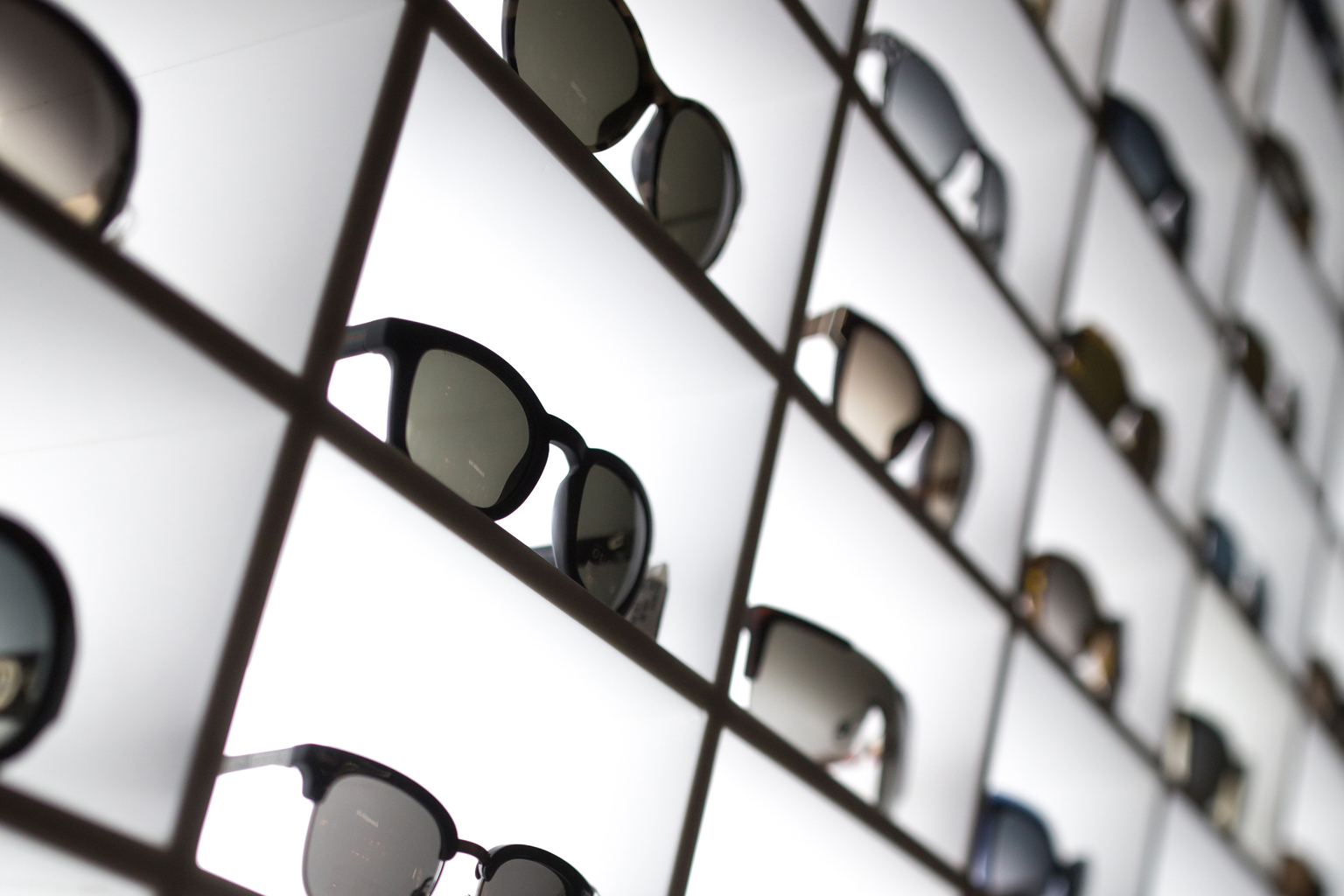
1.
Fukui Prefecture produces about 95 percent of Japan’s optical frames
About 50 manufacturers in Fukui — specifically Sabae and Fukui cities — account for almost all of the domestic optical frame production. About one in six Sabae City residents work at one of the hundreds of eyeglass frame-related companies. The region has produced frames for over 100 years and was one of the first in the world to make durable, lightweight titanium frames. If you’ve watched the 2003 movie The Matrix Reloaded, then you’ve seen this Fukui export in action: Neo’s signature sunglasses used Fukui-made frames.
More info: Japan Glasses Factory
2.
Fukui is the navel of Japan
While not advertised as such, Fukui Prefecture has — allegedly — been measured to be the central point of Japan’s archipelago. Within that, Fukui Prefecture has its own central marker, named “Fukui no jushinten” (Fukui’s center of gravity), but is often just called “Fukui no heso,” or Fukui’s navel. This navel within Japan’s navel can be found at 136 degrees east longitude and 35 degrees north latitude. Visitors who make the effort to reach the area will be rewarded with informative signs pointing to the exact location of Fukui’s belly button.
More info: Search for Fukui’s Center of Gravity on Google Maps
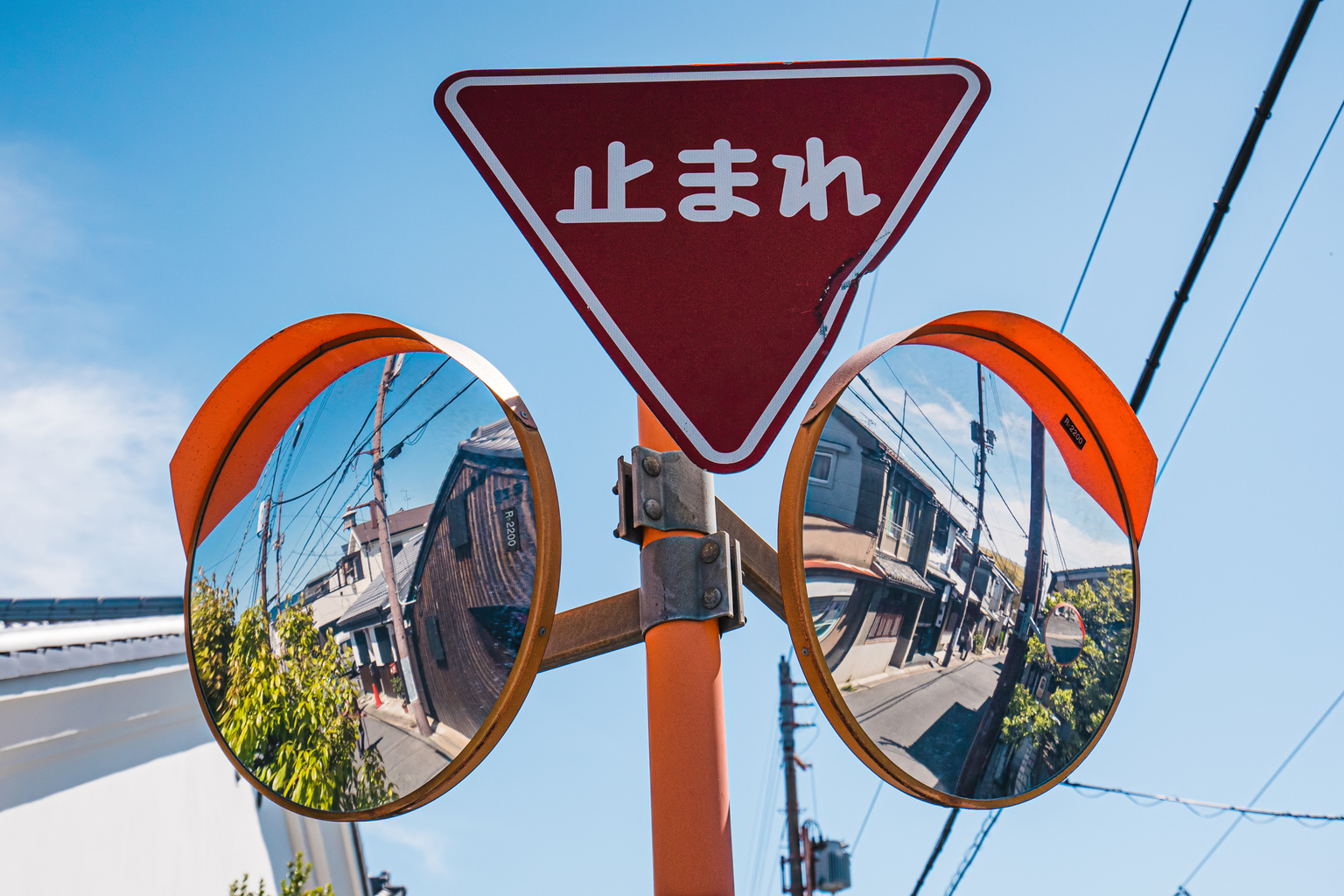
3.
Fukui Prefecture is Japan’s number one producer of convex traffic mirrors
Not content with being the most prolific optical frame manufacturing region, Fukui also makes 70 percent of Japan’s road reflectors. Fukui City-based NAC Corporation is the nation’s leading producer of this niche item, meaning one small company in Chubu has a major stake in Japan’s road safety.
More info: NAC Corporation
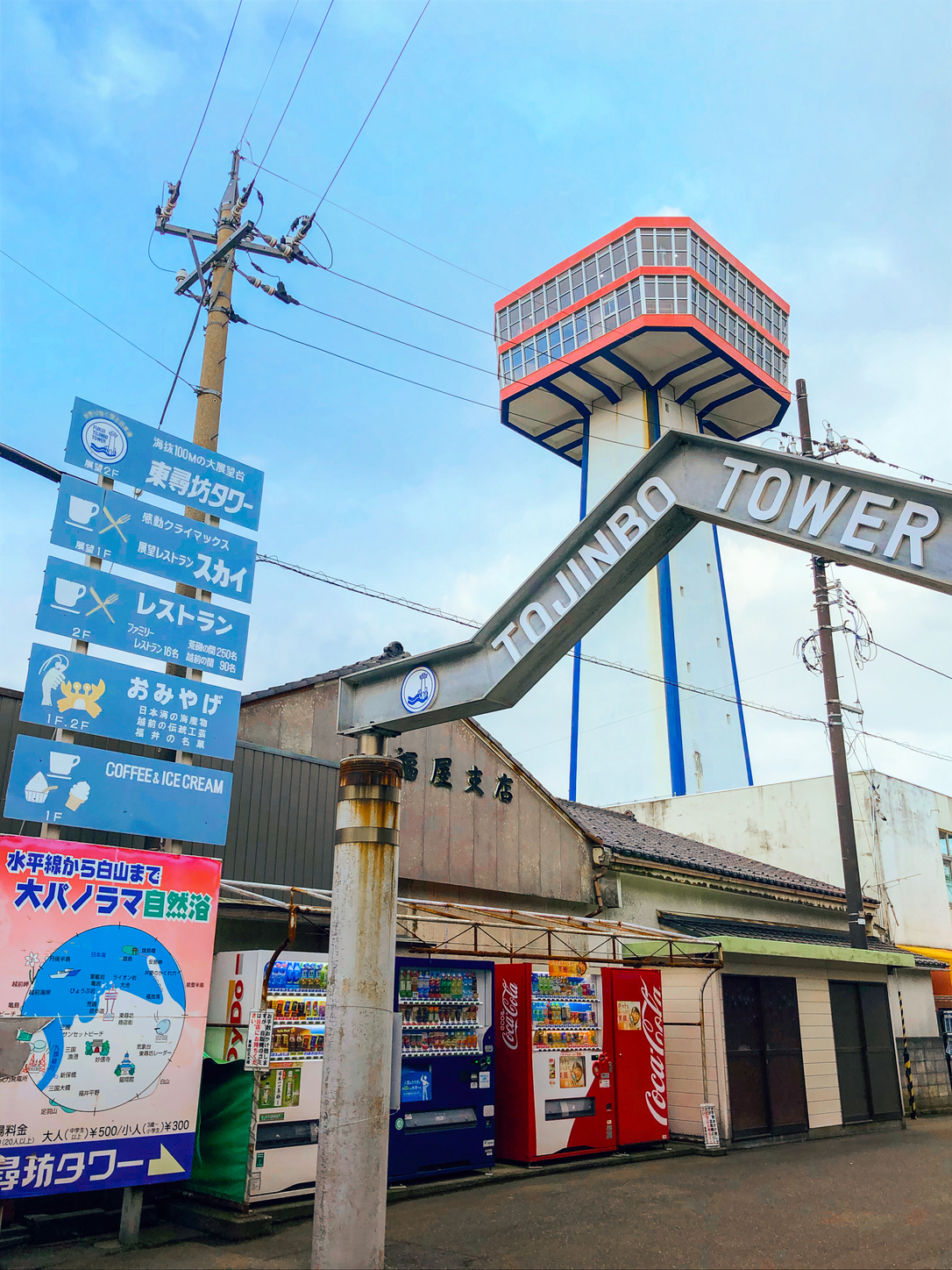
4.
Fukui Prefecture boasts Japan’s lowest tower
Other towers may brag about being the tallest, the newest or even offer the most entertainment options, but Tojinbo Tower is none of these. Instead, it has been honored with the dubious title of being Japan’s lowest tower. At 100 meters above sea level, this 55-meter-high tower less than one tenth of Tokyo Skytree’s size but it makes up for it in personality. The observation deck gives a 360-degree panoramic view of the Sea of Japan and the nearby rugged coastline, where the Tojinbo columnal joints jut out of the ocean. This is one of only three places in the world where you can see cliffs like this, the other two being in North Korea and Norway.
More info: Tojinbo Tower
5.
Fukui is (on average) one of Japan’s most humid prefectures
With an annual average of 77 percent in 2020 and similar numbers in preceding years, Fukui Prefecture regularly makes the top three list of Japan’s most humid prefectures. This doesn’t always mean it’s the hottest — most of the wettest months are in winter.
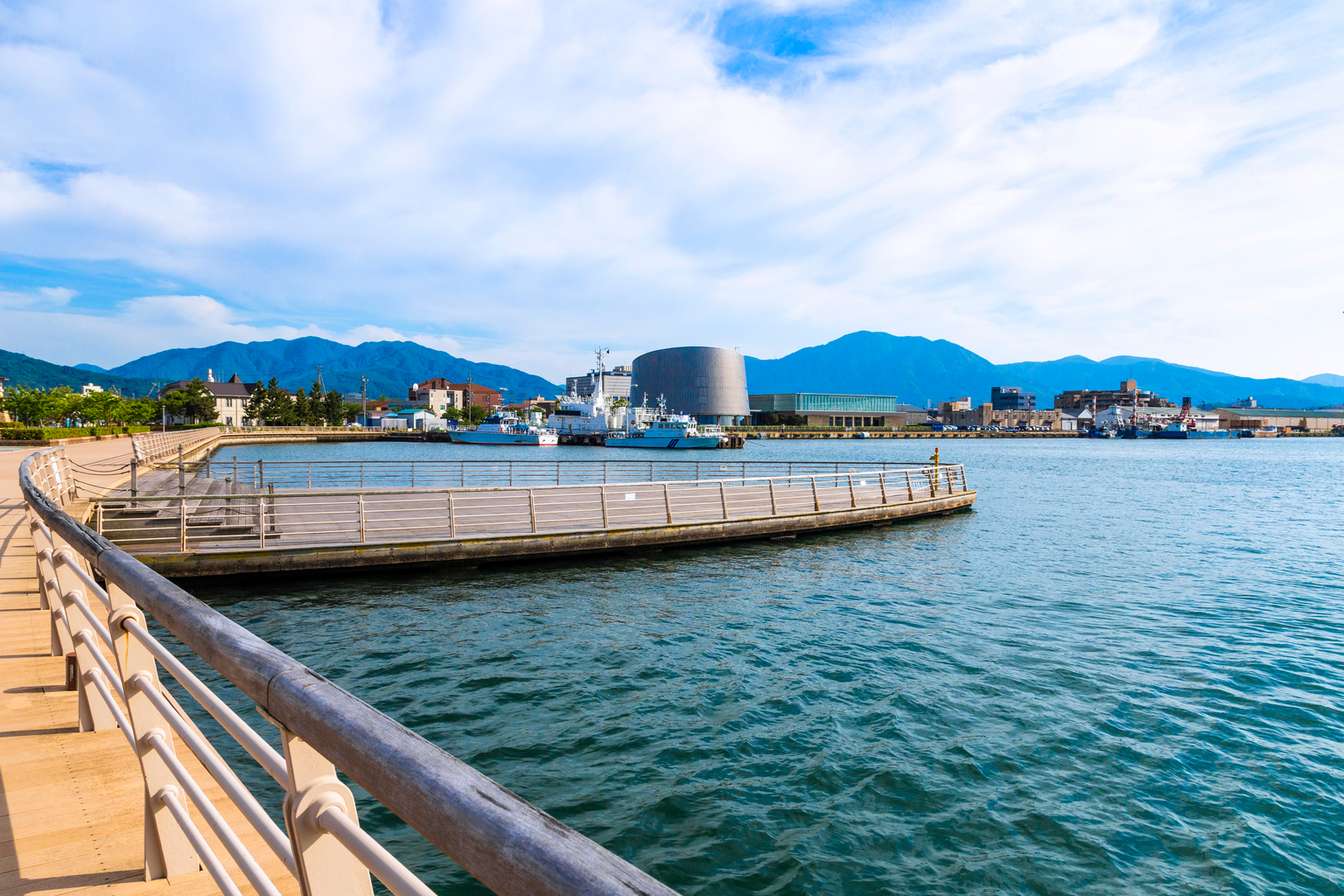
6.
Fukui Prefecture is home to Japan’s “Port of Humanity”
Tsuruga Port was the only port in Japan to receive refugees twice when crisis occurred in the first half of the 20th century: once after the outbreak of the Bolshevik revolution and once during World War II. Hundreds of Polish orphans found themselves exiled to Siberia during the early 1920s with no place to go — nor to return. With the support of the Japanese Red Cross and especially that of a nurse named Take Hagiwara, almost 900 orphans were safely transported to Tsuruga to stay in Japan, before moving on to the USA and, eventually, back to Poland.
Less than two decades later, Chiune Sugihara defied national government orders to obtain transit orders for Jewish refugees, allowing them to enter Japan through Tsuruga Port. The Port of Humanity Tsuruga Museum is a great place to learn more.
More info: Port of Humanity Tsuruga Museum
Lighthouse images: ©JNTO

